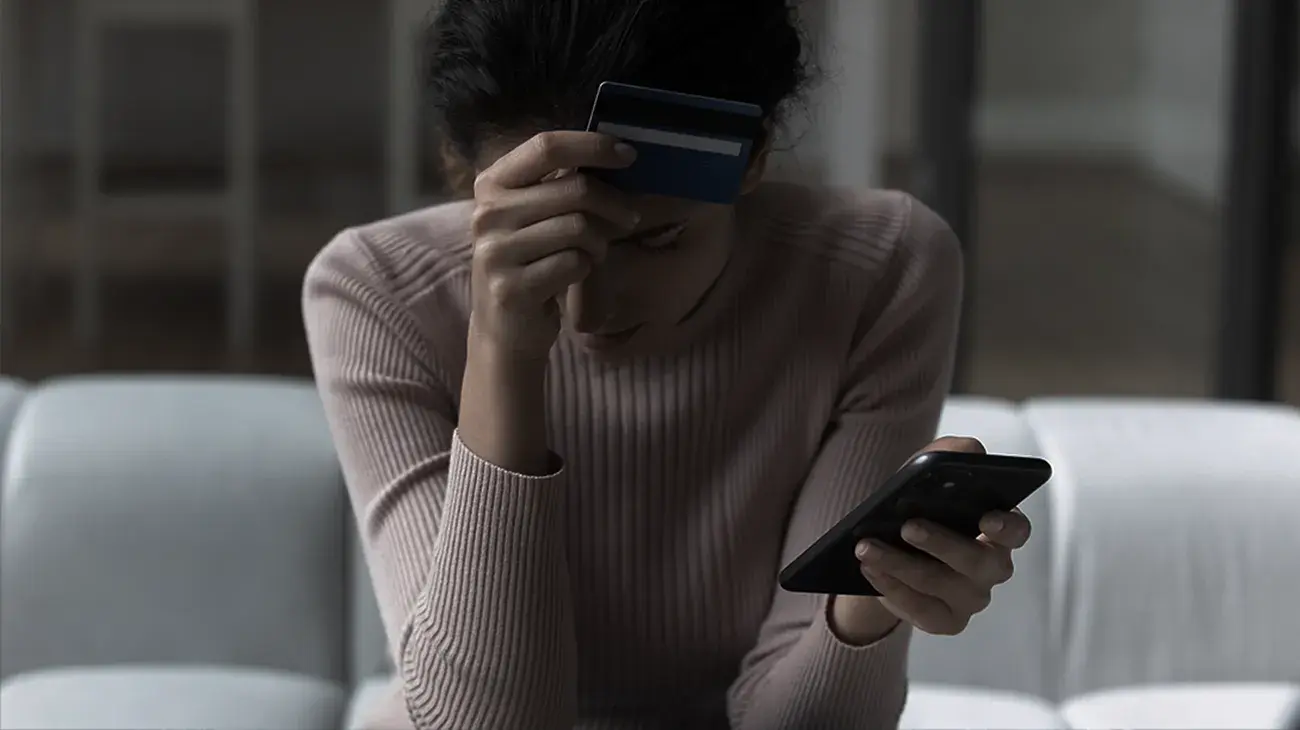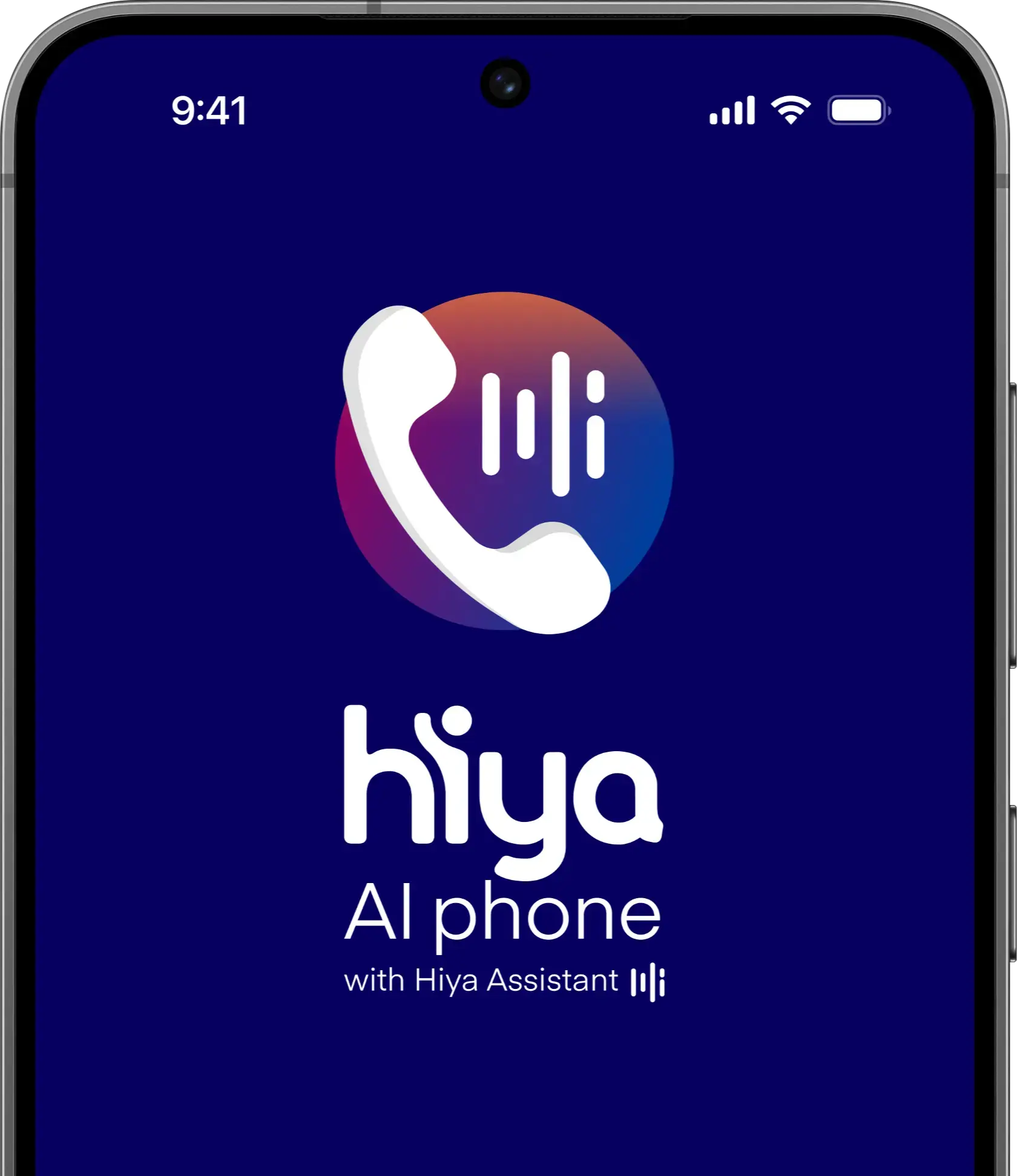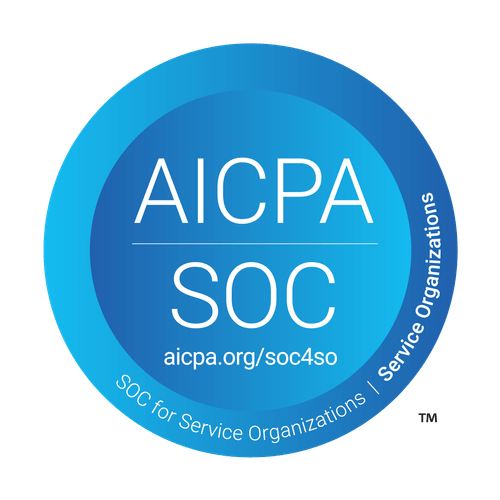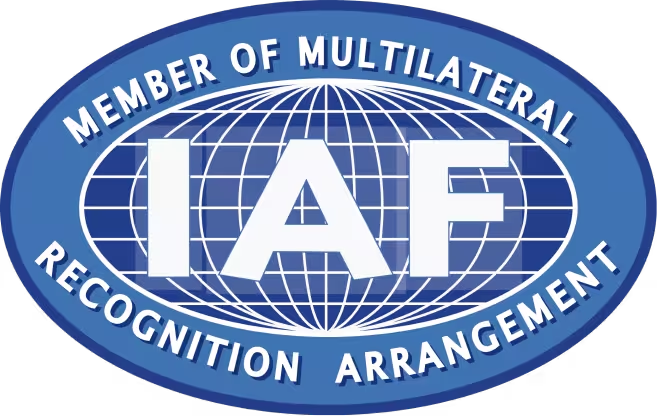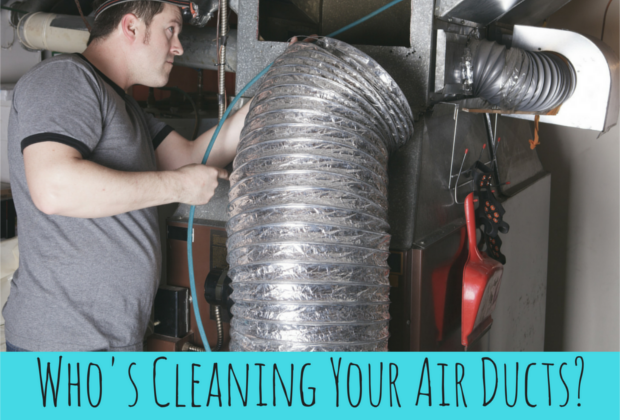
It may be in the morning, afternoon or even during dinner, but Canadians can’t get through a day without hearing from an Air Duct Cleaning telemarketer.
Shockingly, many air duct cleaning businesses are aware of the flood in calls because they hired foreign call centers to bring in the business.
In “March 2015, for example, nine companies in the Greater Toronto Area were linked to illegal calls about duct cleaning that contravened telemarketing laws set out by the CRTC, the government agency responsible for rulings related to the Canadian telecommunications industry. Although all nine received hefty fines and were publicly named by the CRTC, the damage they caused to the legitimate duct cleaning industry was significant,” reported The Record.
Likely a result of scams such as this one, 87% of consumers think unidentified calls are fraud, according to Hiya’s 2023 State of The Call Report.
Air duct cleaning: what you need to know
Air ducts serve as the vital connectors between your heating and air conditioning system and the rooms in your home. While they may occasionally accumulate dirt, dust, and allergens, significant build-up that can pose health concerns is relatively uncommon.
The EPA recommends considering professional air duct cleaning services under the following circumstances:
-
Verification of mold presence in your ducts through a professional inspection.
-
Discovery of a rodent or insect infestation within your home.
-
Observable signs of dust and dirt accumulation exiting your registers.
It's worth noting that state and local regulations typically don't govern air duct cleaners, but the National Air Duct Cleaners Association (NADCA) provides certification and guidelines for best practices. According to NADCA, cleaning your air ducts every three to five years is advisable, unless specific issues like those mentioned above are suspected.
When you do decide to engage professional cleaners, expect a comprehensive service. The cost of air duct cleaning typically falls within the range of $270 to $490, although larger systems or complex issues may require an investment of up to $1,000.
How it works
Using the bait and switch tactic, scammers will make cold-calls to customers by spoofing numbers from a variety of numbers that appear to be local. Once they get the customer to pick up the phone, they offer screaming deals on a service that can usually cost up to $300-325 for two hours. The customer is roped in and makes the appointment. However, once the scammer is at their home for the service, they continue to up-sell the victim with extra costs (i.e. disinfectants, pre-washes etc.). The consumer could end up paying at least twice what they were initially quoted.
Unfortunately, this scam has been around for years. Despite many customers signing up for the Do Not Call List, air duct scammers somehow make their way back to consumers’ phones. While most contractors are reputable experts committed to quality service, it's essential to be vigilant for these five warning signs to ensure you're choosing the right professionals for the job.
How to protect yourself
- If an offer sounds too good to be true, it probably is. Cleaning your air ducts is costly but it’s worth it with a reputable company to do the job well.
- Read the fine print before signing any contracts to ensure you know what the work will entail and what will be included in the price.
- Never share personal information (i.e. social insurance numbers, date of birth, or credit card numbers).
- If you get an unexpected call and an uneasy feeling from the sales pitch, hang up immediately.
- To help filter unwanted calls, download a caller ID and call-blocking app that will help prevent scam calls from getting through to your phone.
Here’s a great example of how air duct cleaning scammers try to threaten and intimidate customers. Jolly Roger Telephone Co. uses an automated robot programmed to speak to telemarketers to make them believe they are speaking with a live person.
Check it out by clicking on the video below:
How Hiya helps
According to Hiya’s 2023 State of The Call Report, 72% of consumers say they're more likely to answer if they know who's calling. While the duct cleaning scam can prove to be highly effective, Hiya offers a variety of solutions that help carriers identify these calls and businesses establish trust with customers who are bombarded by scam calls.
Displaying a branded caller ID means that customers know your call is coming from a legitimate business and is not a scam. They'll actually pick up the phone and you'll be able to communicate important information.
Carriers can protect their users with Hiya Protect, which identifies, labels, and blocks spam and scam calls.
Businesses can help customers feel safe answering the phone with Hiya Connect, which enables enterprises to display their company name, logo, and call reason on outbound calls.
When evaluating branded caller ID solutions, there are a few questions you should ask. Get the full list with Hiya’s Branded Call Checklist and Buyer's Guide and make the best decision for your organization.



